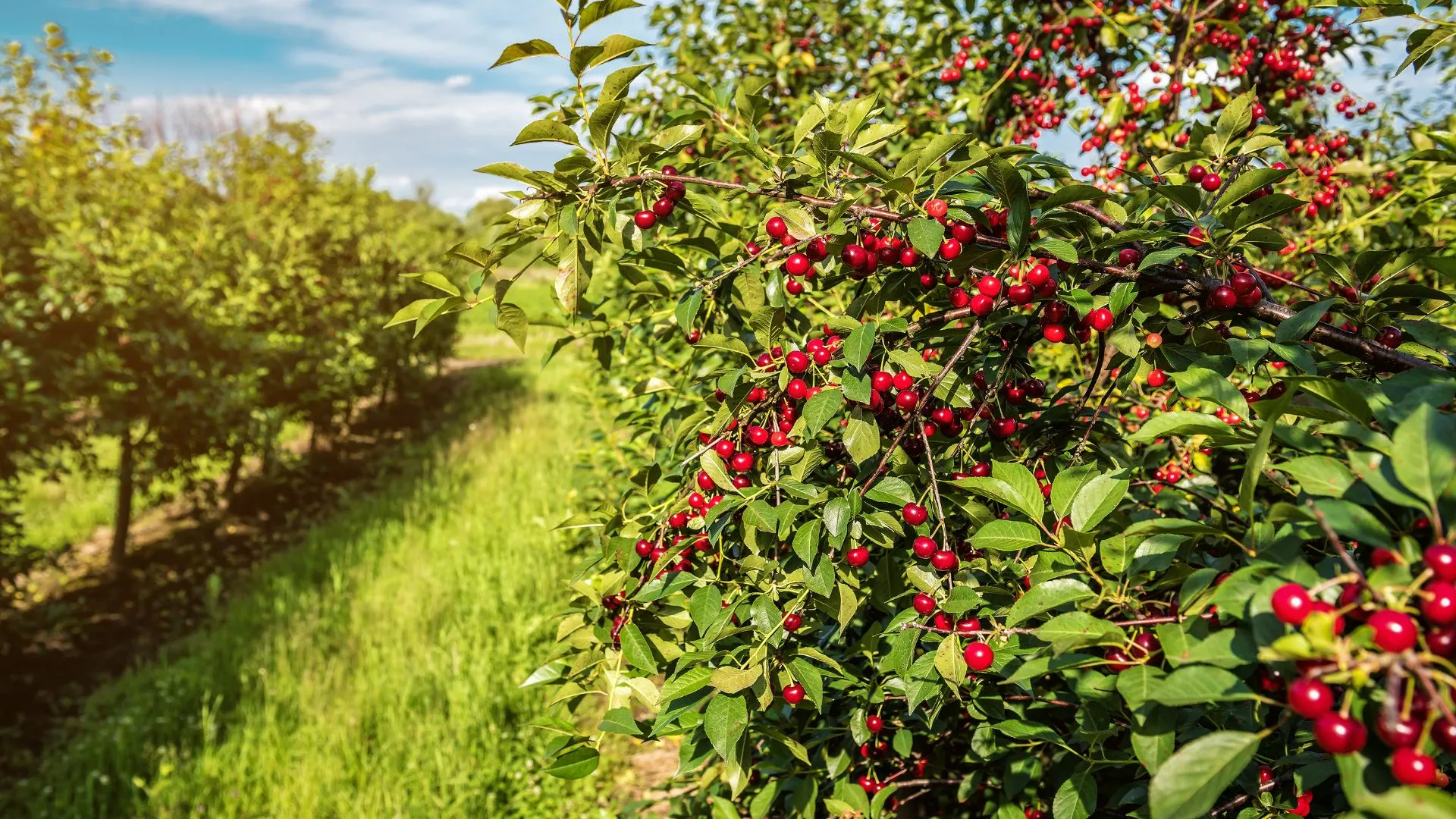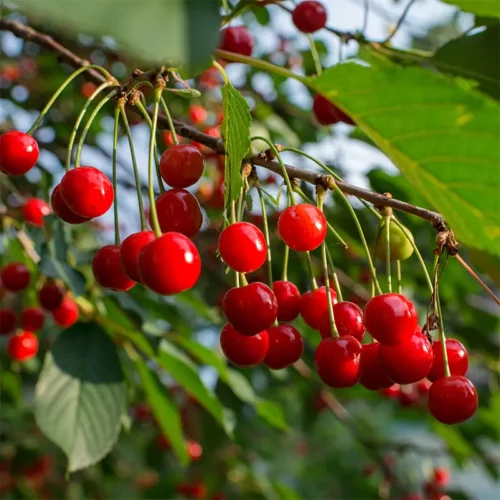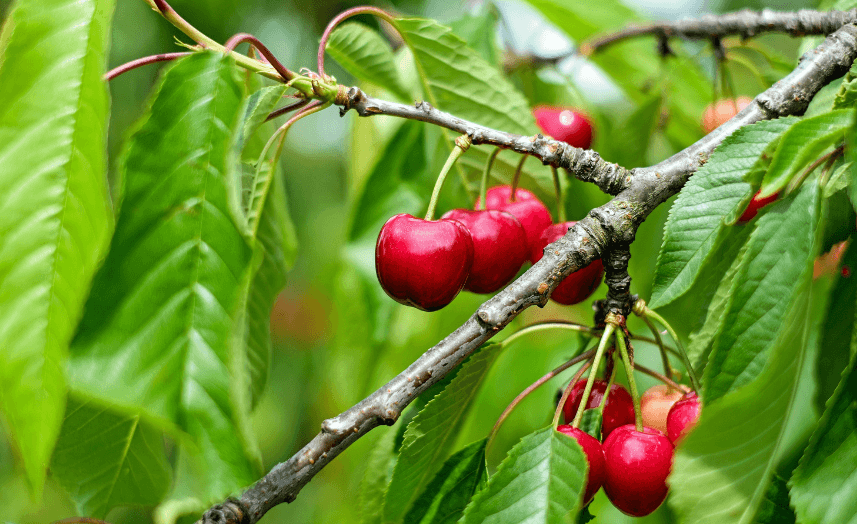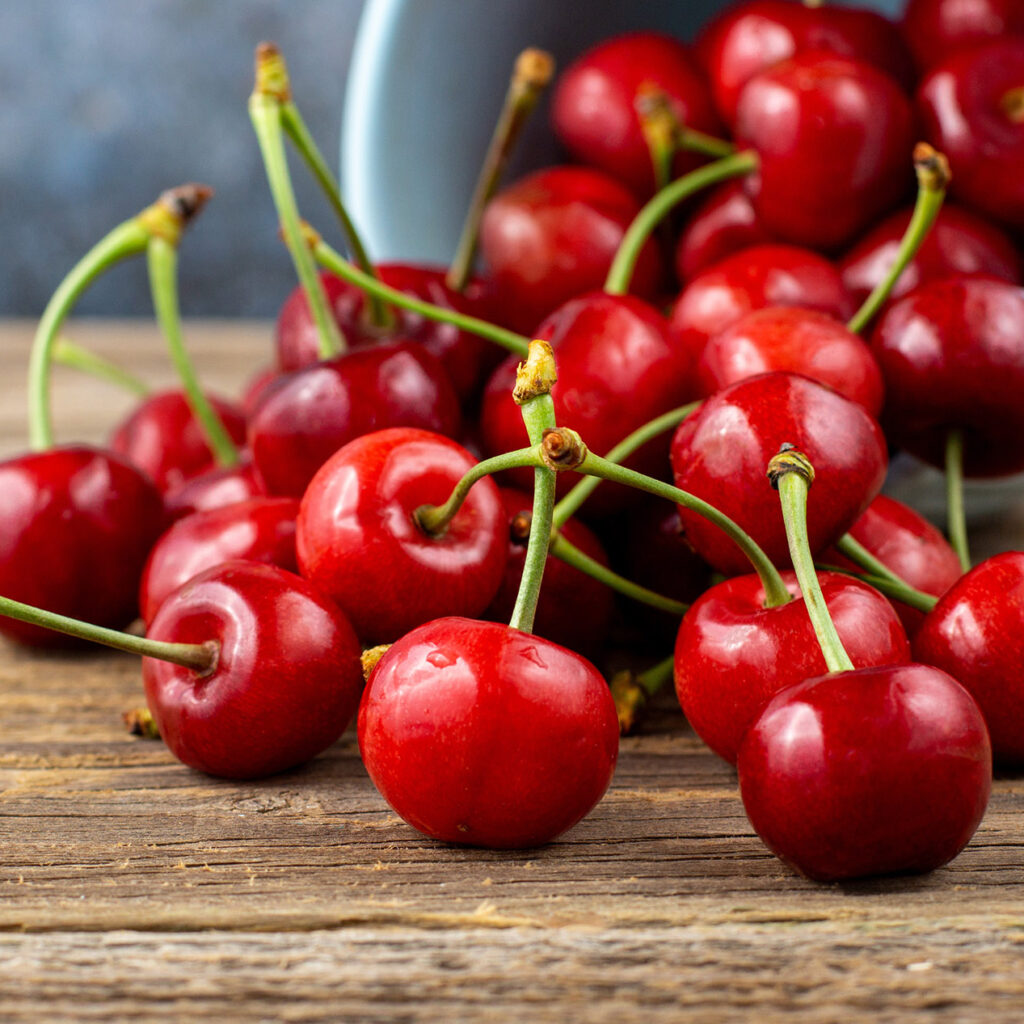Cherries — those sweet, tart, and vividly colored fruits — have captured the hearts of consumers across the globe. Whether enjoyed fresh, preserved, in desserts, or as a garnish for cocktails and cakes, cherries have become one of the most beloved fruits in international markets. Over the past decade, the global demand for fresh cherries has surged, driven by rising incomes, health consciousness, and consumer preference for premium fresh produce.
But when it comes to cherry exports, one nation stands out as the clear global leader. In this article, we’ll explore which country holds the title of the world’s largest cherry exporter, what makes it so successful, and how global cherry trade trends are shaping up.
The Global Cherry Trade at a Glance

Cherries are cultivated in temperate regions around the world, with major production concentrated in the United States, Turkey, Chile, Iran, Spain, and Uzbekistan. While many countries produce cherries for domestic consumption, only a few have built significant export industries due to the fruit’s perishability and logistical challenges.
The international trade in cherries has increased dramatically in recent years:
- In 2023, the global cherry export market was valued at over $4 billion USD.
- The total quantity of fresh cherries exported globally exceeded 750,000 metric tons.
- Asia, particularly China, has become the fastest-growing and most lucrative market for cherry imports, with demand peaking during the Chinese New Year festival season.
Which Country Is the Largest Cherry Exporter in the World?
The clear titleholder of the world’s largest cherry exporter is Chile.
Chile’s Cherry Export Figures:
- In 2023, Chile exported an impressive 428,000 metric tons of fresh cherries.
- These exports were valued at approximately $2.05 billion USD.
- This accounts for over 53% of global fresh cherry exports by volume and around 52.5% by value.
Chile has held this position for several consecutive years and continues to grow its market share.
Why Chile Dominates the Global Cherry Export Market

Several factors contribute to Chile’s dominant position in the global cherry industry:
Southern Hemisphere Advantage
Chile’s geographic position in the Southern Hemisphere allows it to harvest cherries from November to February, precisely when the Northern Hemisphere’s cherry supply is unavailable. This perfectly complements global demand, especially in the Chinese market, where cherries are a highly prized delicacy for the Lunar New Year.
Ideal Climate and Growing Conditions
Chile benefits from Mediterranean-like climate conditions, characterized by:
- Warm, dry summers
- Cool, wet winters
- Long daylight hours during growing season
These conditions are ideal for growing high-quality cherries with excellent size, flavor, and shelf life.
Advanced Farming Practices
Chilean cherry growers have adopted cutting-edge horticultural practices, including:
- Precision drip irrigation systems
- Integrated pest management
- Selection of early and late-season cherry varieties to extend the harvest window
This investment in technology has enhanced Chile’s production capacity and fruit quality.
Excellent Infrastructure and Logistics
Chile’s modern port facilities and efficient logistics infrastructure have been critical to maintaining fruit freshness during long-distance shipping, particularly to Asia and North America. The development of direct shipping services like the “Cherry Express” has reduced transit times to key Asian markets by up to 10 days. Market Focused Export Strategy
Chilean exporters have prioritized their presence in China, South Korea, Vietnam, the U.S., and Europe. About 90% of Chile’s cherry exports are destined for China alone, with increasing diversification into new markets each year.
Other Major Cherry Exporters

While Chile leads by a considerable margin, other countries also play vital roles in the global cherry trade:
United States
- Exported around 84,000 metric tons in 2023.
- Valued at approximately $457 million USD.
- Main destinations: Canada, China, South Korea, Mexico, and Taiwan.
- U.S. cherry exports typically peak between May and July, complementing Chile’s offseason supply.
Turkey
- Produced the highest cherry volume globally (primarily for domestic use).
- Exported about 83,000 metric tons in 2023.
- Key markets include Germany, Russia, and Iraq.
- Turkey’s cherry export potential is expanding rapidly.
Spain
- Exported approximately 36,000 metric tons.
- Primary markets: Germany, United Kingdom, France, and the Netherlands.
Australia and Greece
Both countries also contribute to the global cherry trade, focusing on niche, premium export markets in Asia and Europe.
2023 Global Cherry Export Leaderboard
| Rank | Country | Export Volume (metric tons) | Export Value (USD) | Market Share (%) |
|---|---|---|---|---|
| 1 | Chile | 428,000 | $2.05 billion | 53% |
| 2 | United States | 84,000 | $457 million | 11.7% |
| 3 | Turkey | 83,000 | $214 million | 11.5% |
| 4 | Spain | 36,000 | $138 million | 5% |
| 5 | Australia | 10,000+ | $61.7 million | 1.6% |
Key Trends in the Global Cherry Trade

Rising Demand in Asia
The demand for fresh cherries, particularly in China, has exploded over the past decade. In 2023, China imported over 367,000 metric tons of cherries, 98% of which were from Chile.
Growth in Fast Logistics
With the development of specialized air and sea routes like the “Cherry Express,” perishable fruits like cherries can now reach Asian markets in peak condition, fueling the global cherry trade.
Expanding Off-Season Production
Countries like Chile and Australia have capitalized on the ability to supply cherries during the Northern Hemisphere’s off-season, giving them an edge in premium markets.
Investment in New Varieties
Growers worldwide are planting new cherry varieties with improved shelf life, appearance, and flavor to meet international market demands.
Future Outlook for Cherry Exports

The global demand for fresh cherries is expected to continue growing steadily:
- Global cherry exports are forecast to exceed 800,000 metric tons by 2026.
- Chile aims to increase its cherry exports by another 20–30% over the next 5 years.
- China’s market is projected to remain the most lucrative, with increasing appetite in other Asian markets like Vietnam, Thailand, and India.
- U.S. and Turkish exporters are expected to expand their presence in Europe and the Middle East.
Conclusion
Chile holds the undisputed title as the largest cherry exporter in the world, commanding over half of global cherry exports by volume and value. Its strategic Southern Hemisphere advantage, ideal climate, advanced agricultural practices, efficient logistics, and market-driven export strategies have positioned it at the top of the global cherry industry.
While other countries like the United States, Turkey, Spain, and Australia remain important players in this rapidly growing market, Chile’s dominance shows no sign of fading as it continues to meet the world’s growing demand for this beloved fruit.
Would you like me to help you craft a matching SEO-friendly meta description, blog image caption, or social media snippet for this article as well? Just let me know — happy to assist!Tools





Leave A Comment